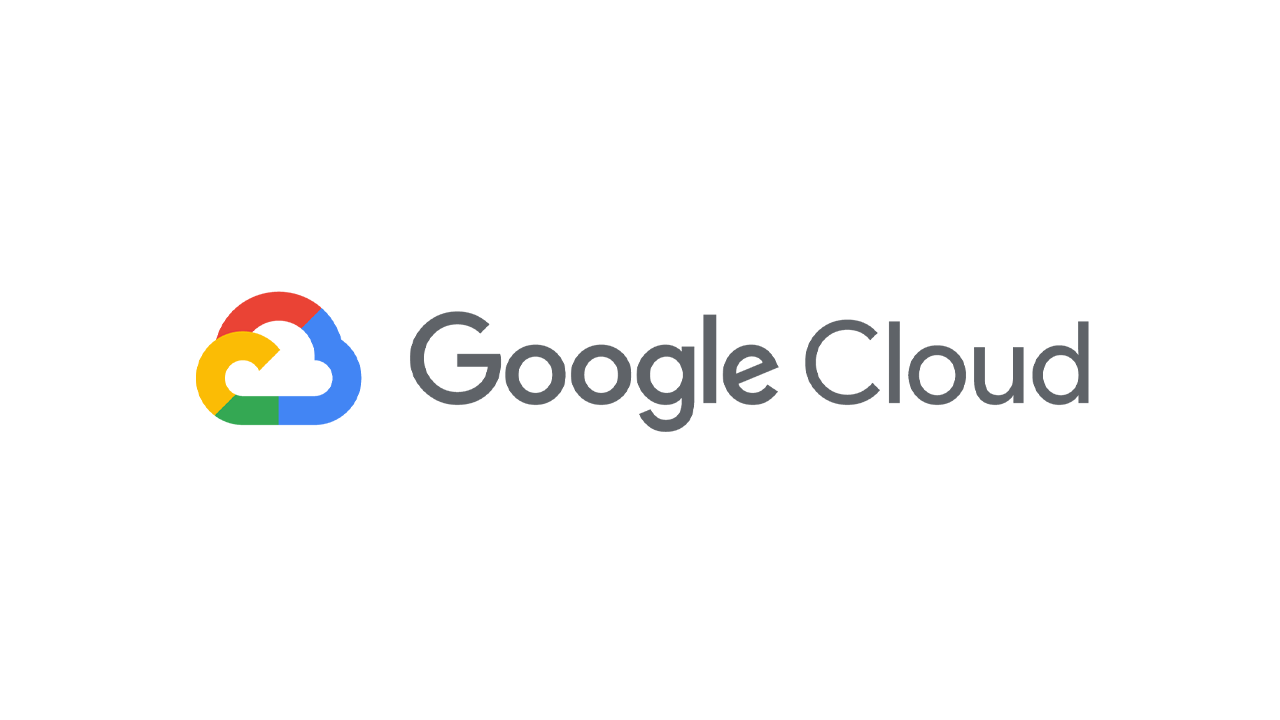- Course
Google Cloud Fundamentals for AWS Professionals
This course introduces AWS professionals to the core capabilities of Google Cloud in the four technology pillars:networking, compute, storage, and database. It is designed for AWS system administrators, Solution Architects and SysOps Administrators familiar with AWS features and setup; and want to gain experience configuring Google Cloud products immediately. With presentations, demos, and hands-on labs, participants get details of similarities, differences, and initial how-tos quickly.

- Course
Google Cloud Fundamentals for AWS Professionals
This course introduces AWS professionals to the core capabilities of Google Cloud in the four technology pillars:networking, compute, storage, and database. It is designed for AWS system administrators, Solution Architects and SysOps Administrators familiar with AWS features and setup; and want to gain experience configuring Google Cloud products immediately. With presentations, demos, and hands-on labs, participants get details of similarities, differences, and initial how-tos quickly.
Get started today
Access this course and other top-rated tech content with one of our business plans.
Try this course for free
Access this course and other top-rated tech content with one of our individual plans.
This course is included in the libraries shown below:
- Cloud
What you'll learn
This course introduces AWS professionals to the core capabilities of Google Cloud in the four technology pillars:networking, compute, storage, and database. It is designed for AWS system administrators, Solution Architects and SysOps Administrators familiar with AWS features and setup; and want to gain experience configuring Google Cloud products immediately. With presentations, demos, and hands-on labs, participants get details of similarities, differences, and initial how-tos quickly.

